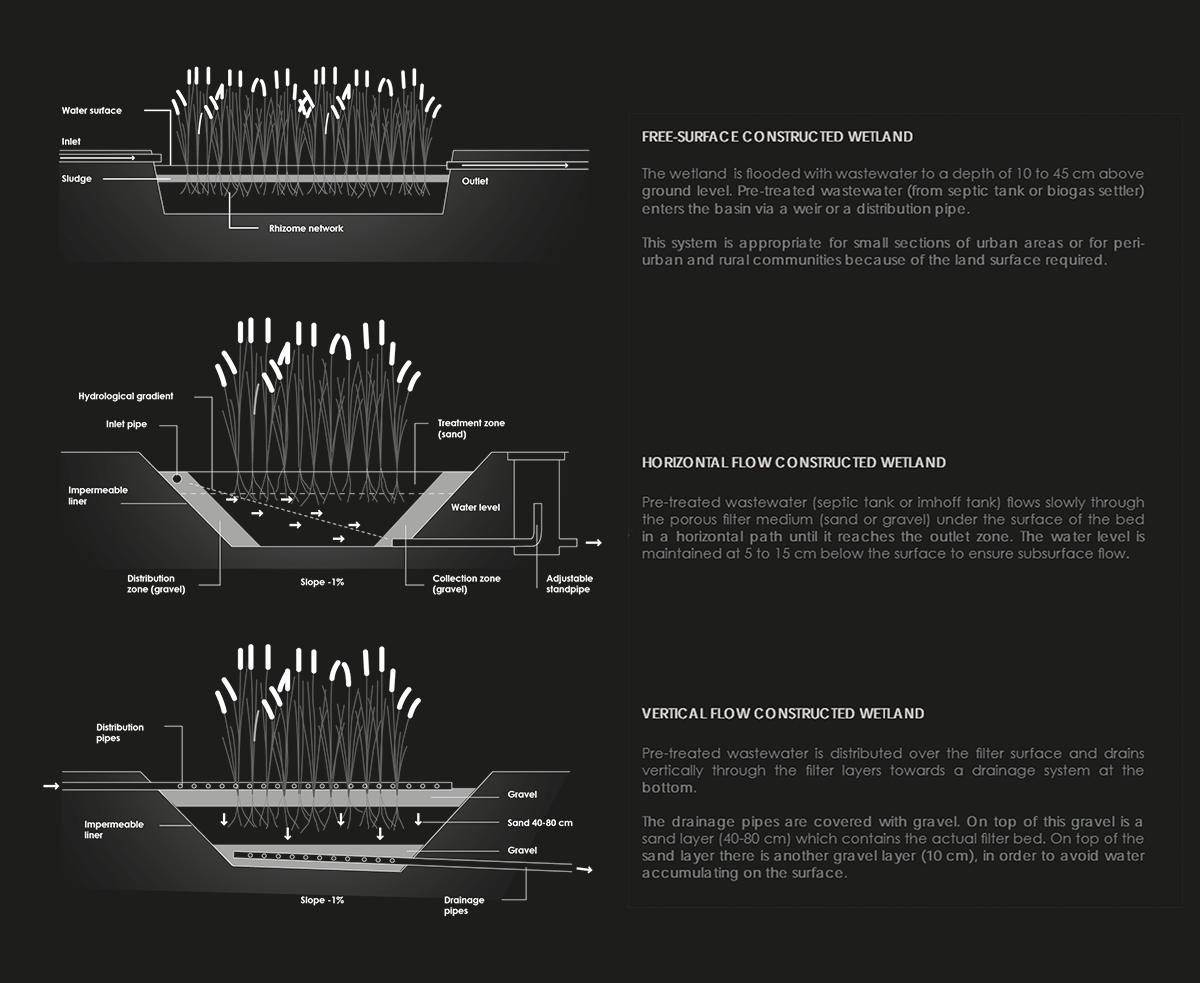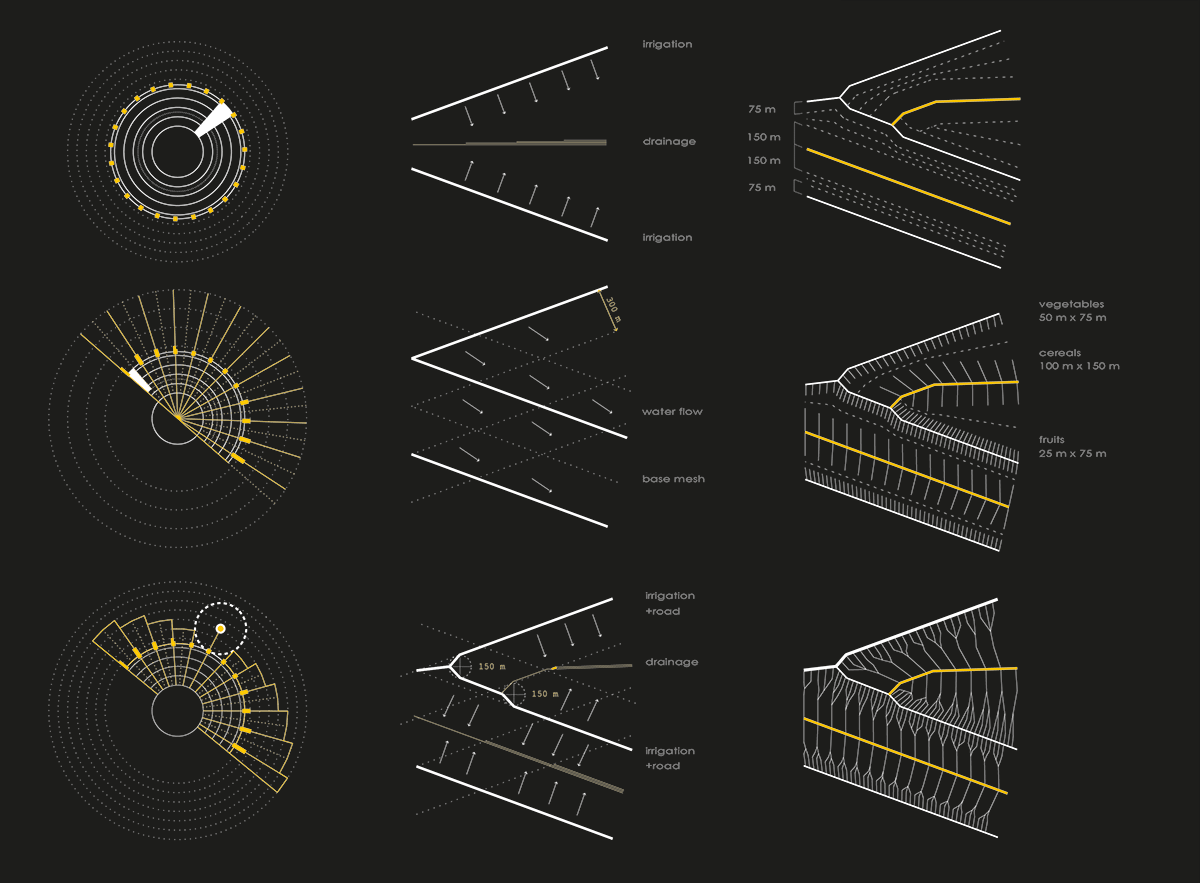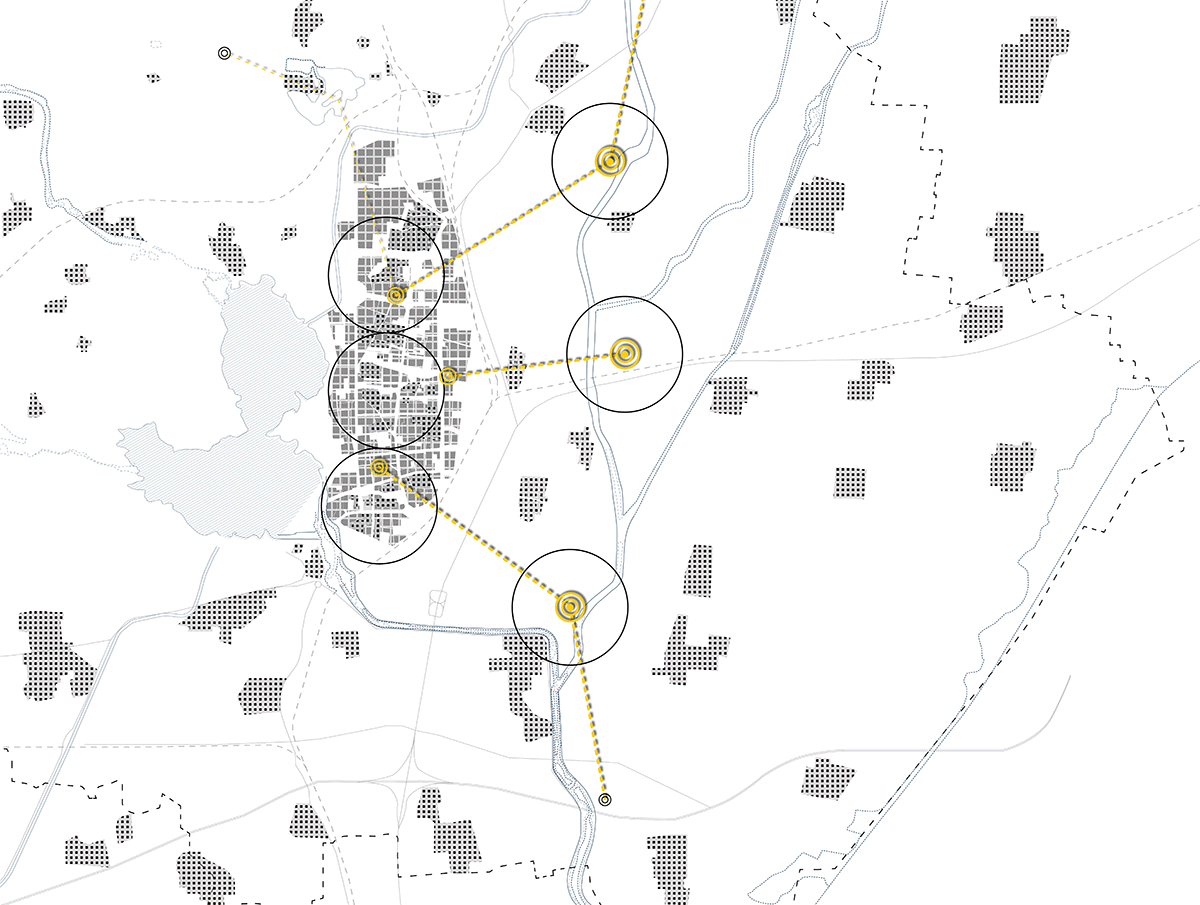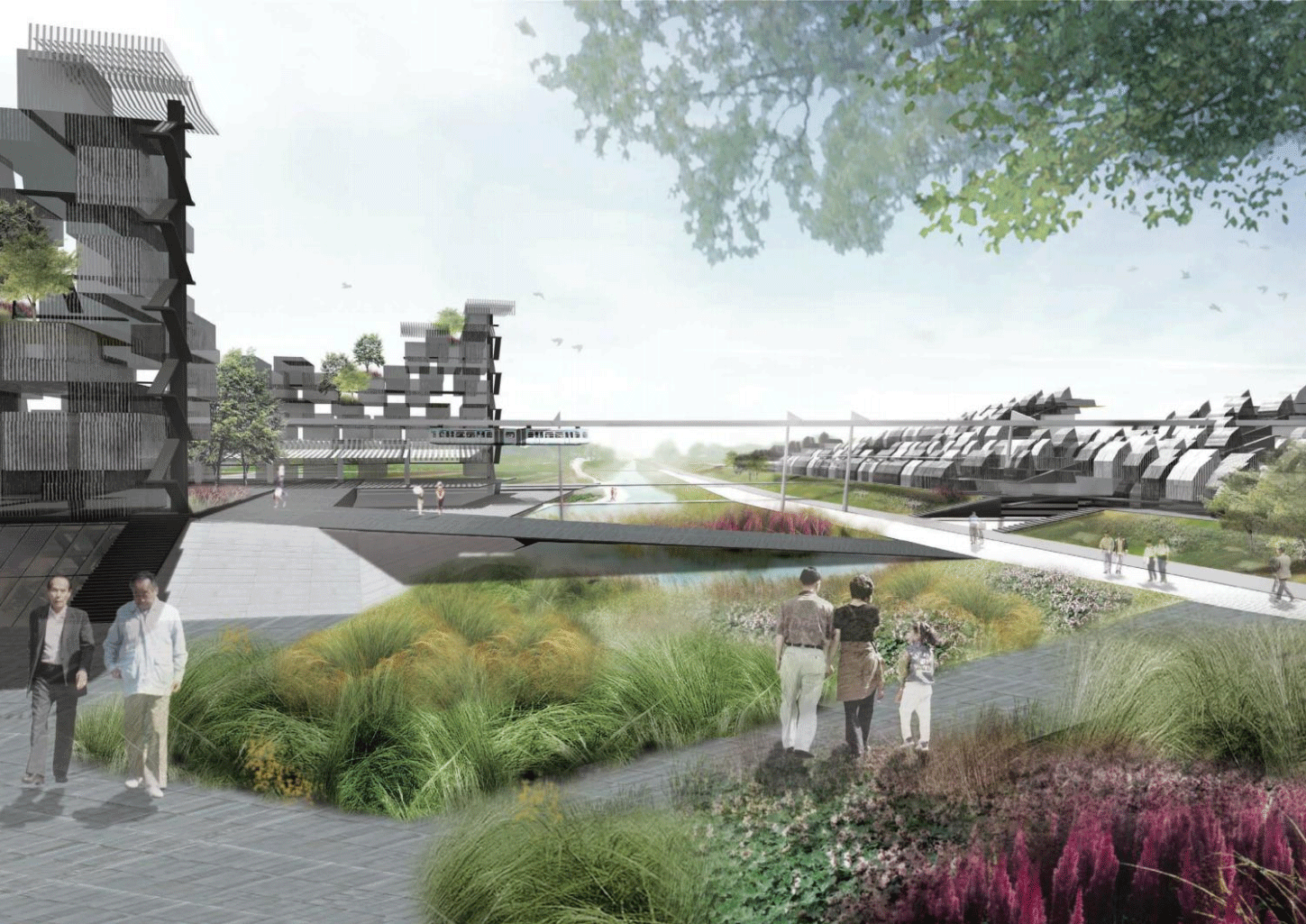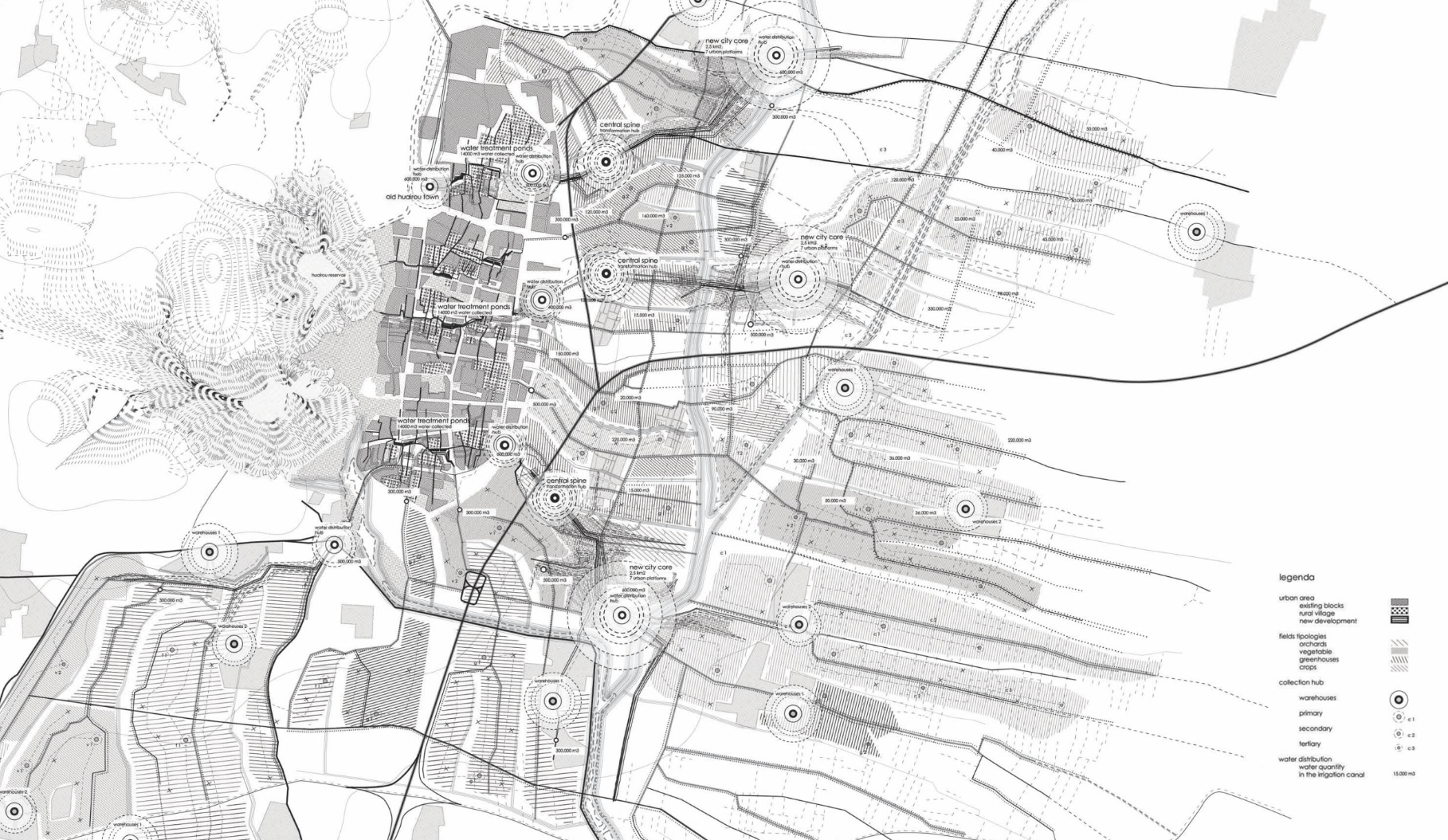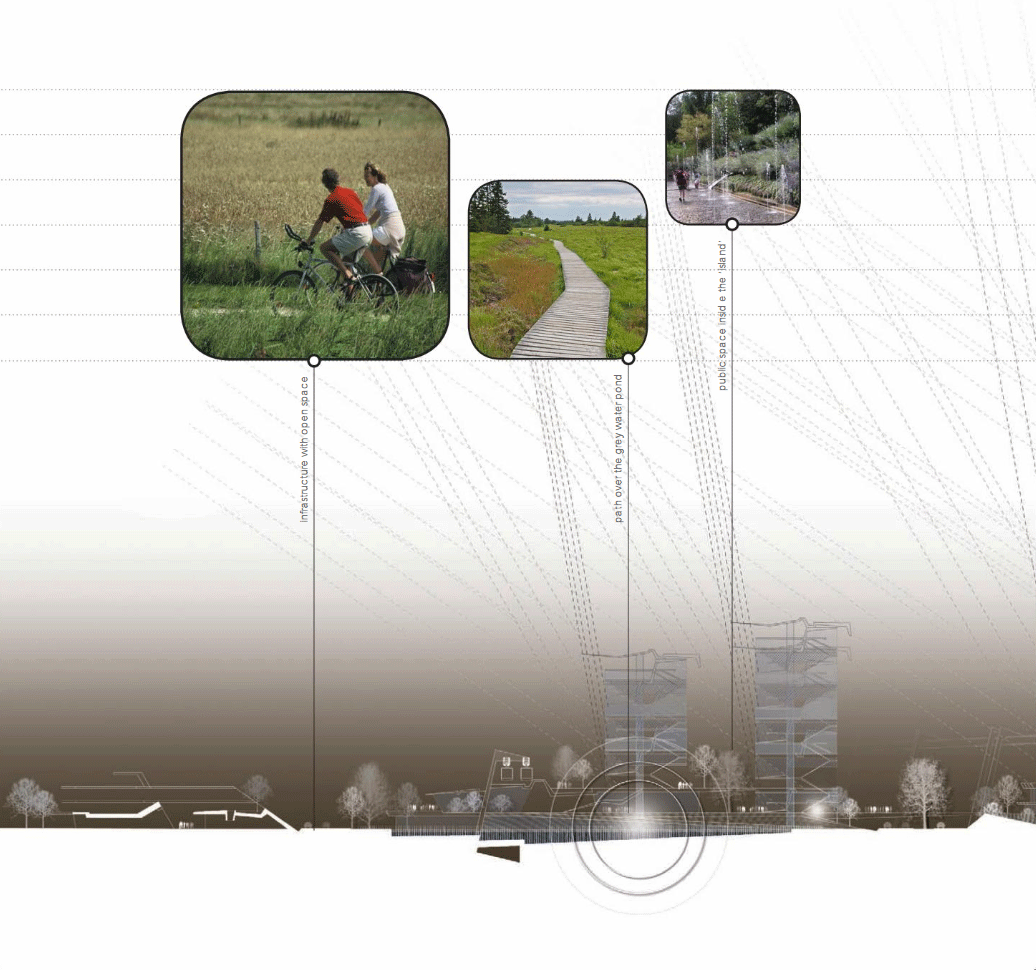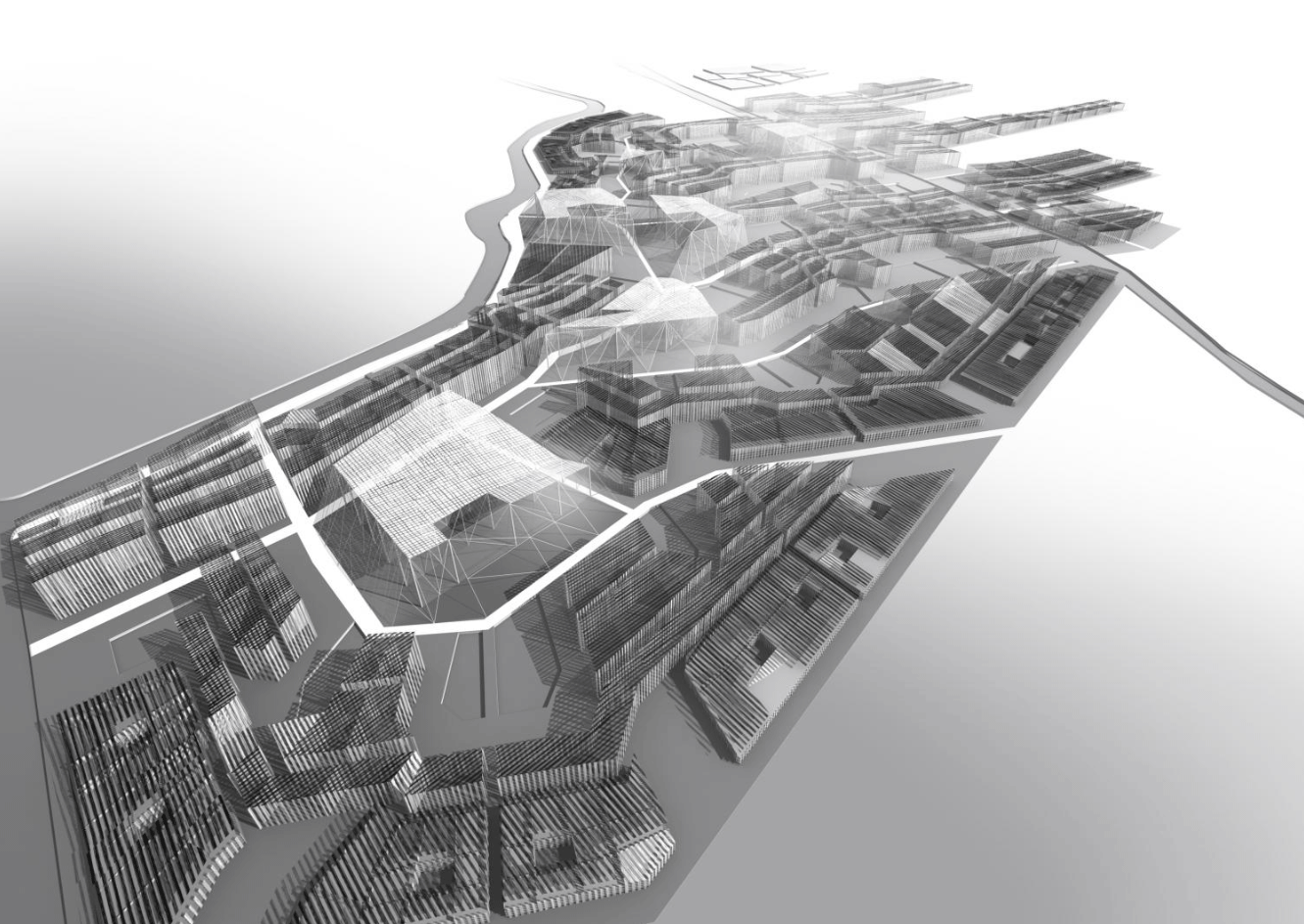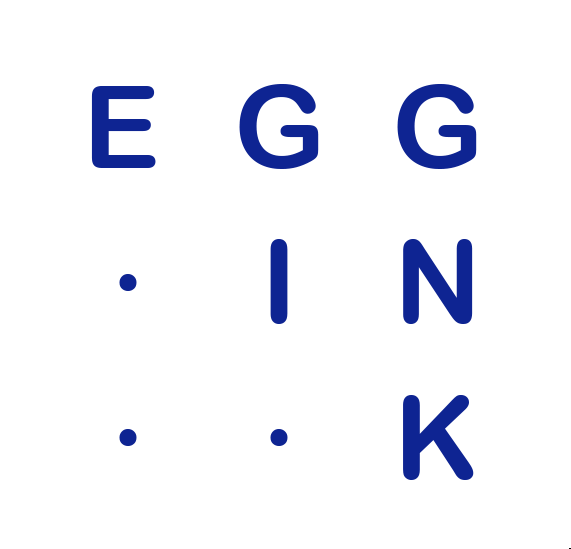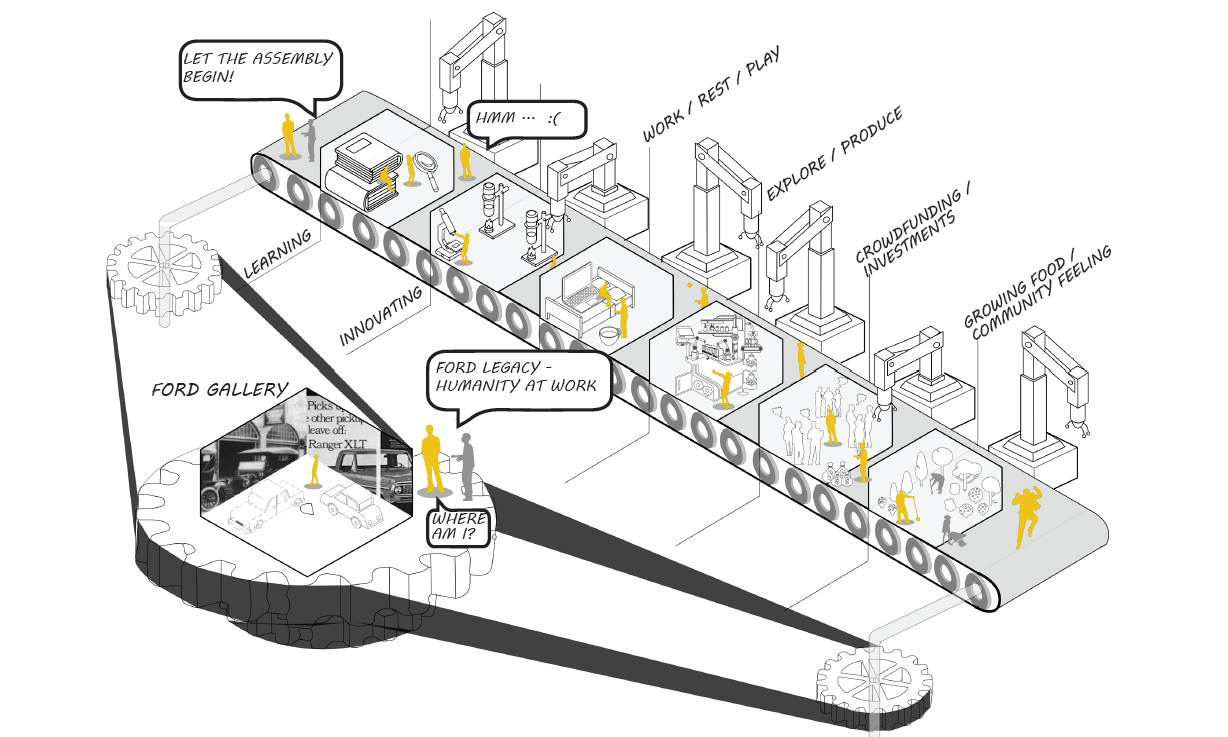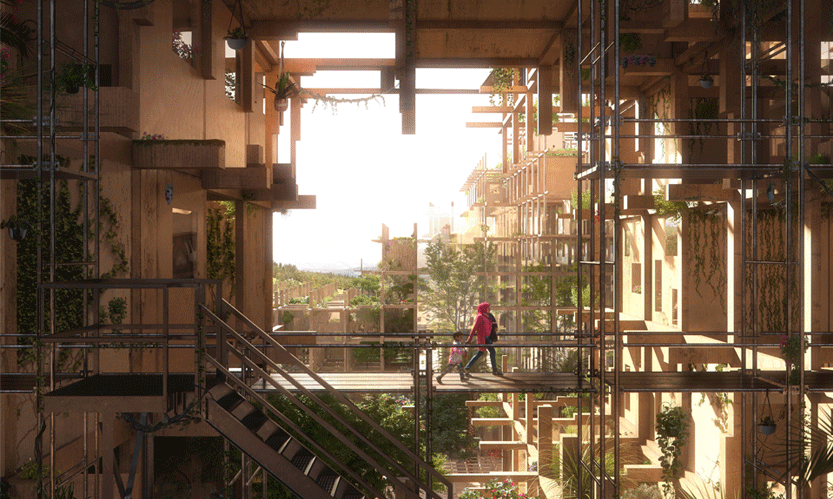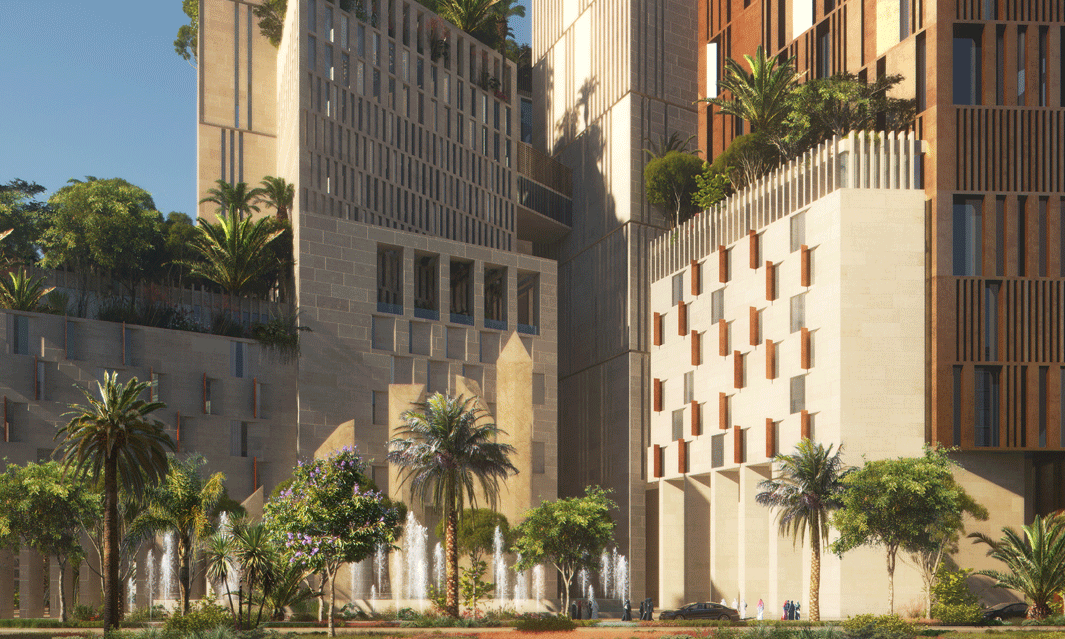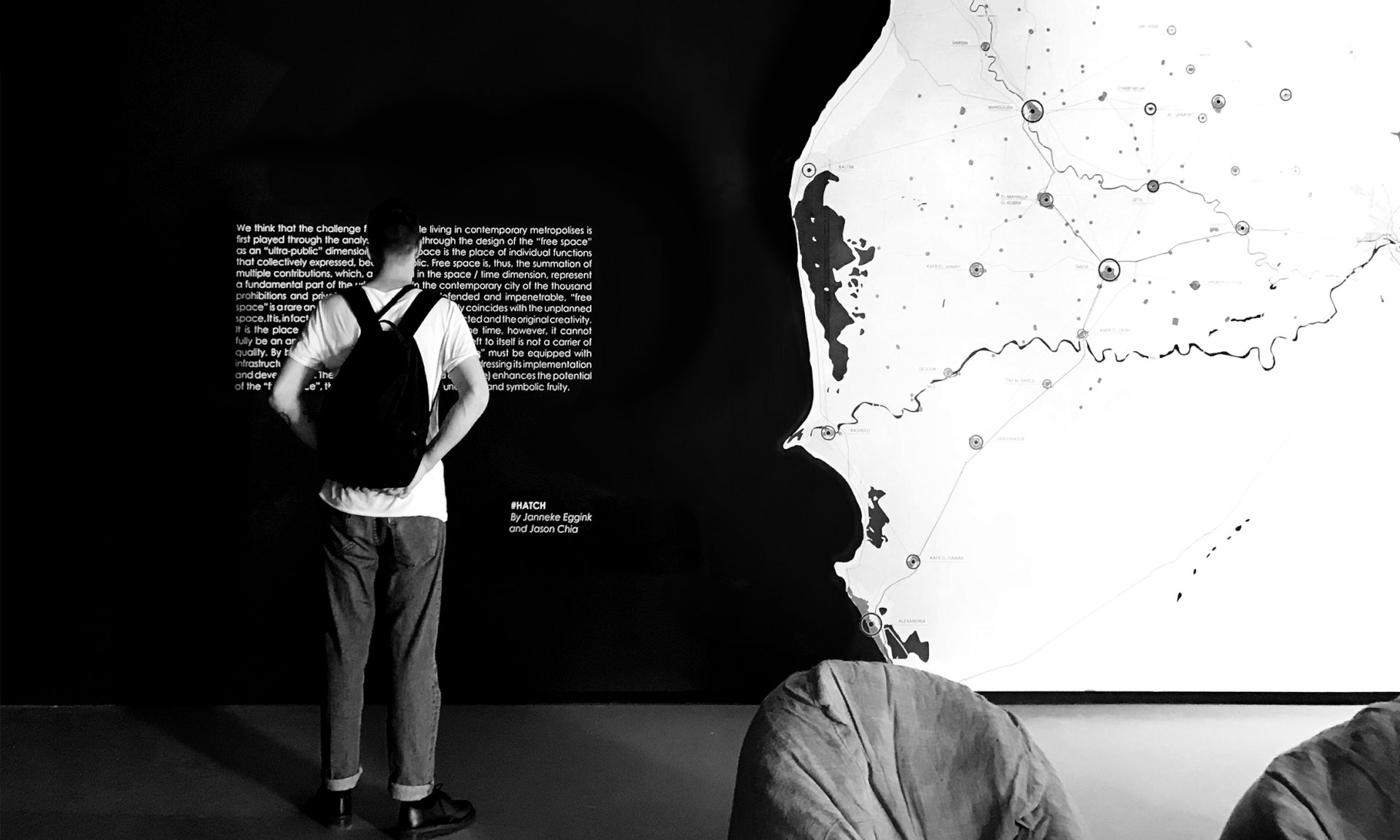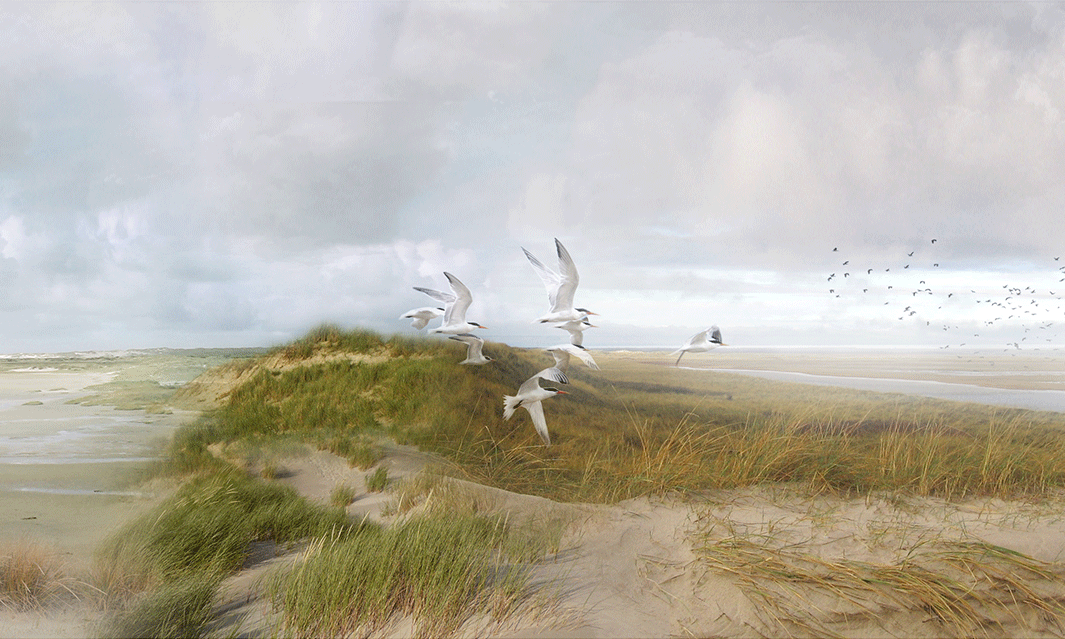Roots of the water
Huairou, Beijing, China
2012
Team members: Janneke Eggink, Giorgio Cucut, Jie He
During our Landscape Urbanism master thesis at the AA, we explore the idea of the mechanic city. As designers, we were more interested in the journey that produces the new cities than in the final, consolidated status. We wanted to start a sort of metabolic process that, eating and digesting, grows altering the city and the landscape. Whereby water management is the main link within. Water used within the city is collected and treated to be used in agriculture and production for the city. Exploring the closed loop of the water.
See the full thesis online: Roots of the Water
The water crisis / The current situation of the water system in the Beijing's region; most of the rivers are extremely polluted and the main reservoirs are getting dramatically smaller every year. The construction of new urban developments has to deal with this issue in order to start an intelligent cycle to link the city and the countryside with the water.
Water project cycle / The first mechanism of our process is to give back an economic value to the agricultural area that surrounds the city. This will be possible bounding it strictly to the city life and the needs of the citizens. The installation of a zero km market perfectly links the urban area with the production of the necessary food. The second mechanism of the process is he possibility to collect the waste water of the city, clean, and use in order to cultivate the fields in a intelligent cycle.
“… a city is always in a state of transition. The problem of a planner is to shape that transition towards a desired end. “
Ludwig Hilberseimer
Ludwig Hilberseimer
